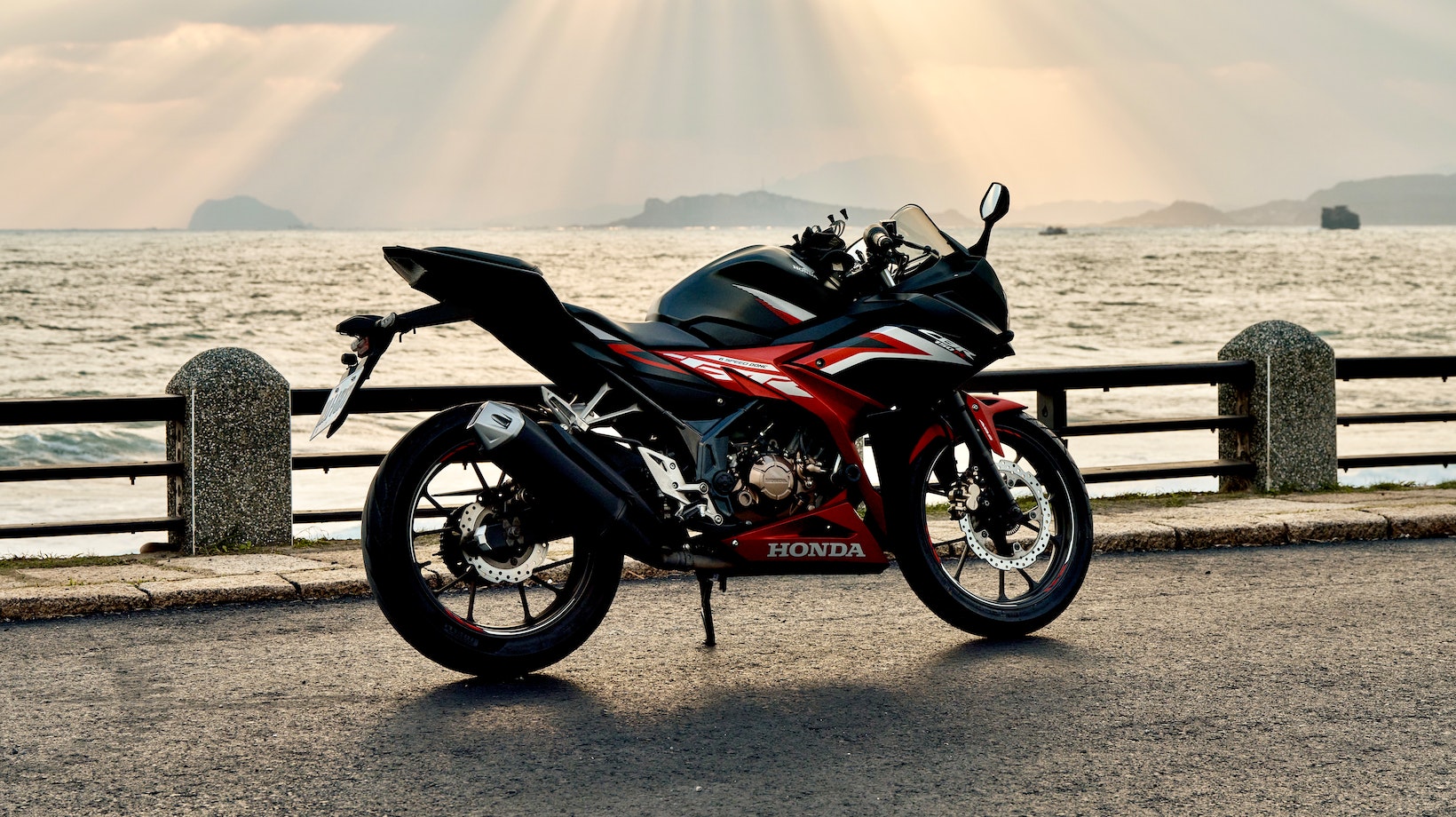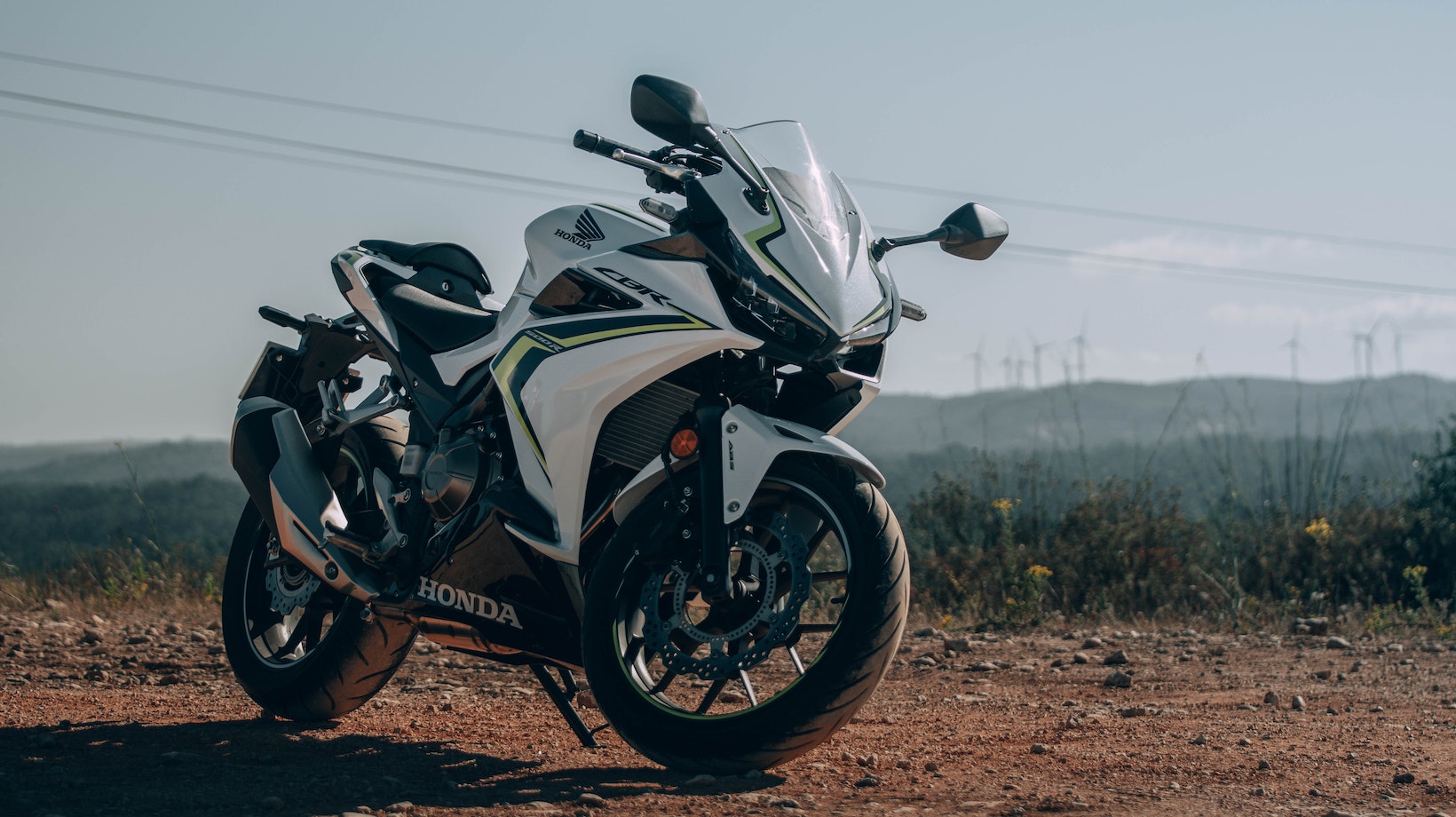
Honda Motorcycle Exhaust Pipe
Let’s kick things off by getting to grips with what exactly an exhaust pipe does on your Honda motorcycle. Simply put, it’s an essential part of your bike’s exhaust system that serves a couple of crucial functions.
First and foremost, the exhaust pipe safely directs harmful gases away from the engine and rider. When you’re out there revving up your Honda bike, it’s producing several byproducts as a result of combustion in the engine. You’ve got carbon monoxide, nitrogen oxides, and hydrocarbons – all potentially hazardous if breathed in or left to accumulate within the engine.
Secondly, we’ve got noise reduction. That iconic rumble you hear when a motorcycle cruises past? Well, it would be a lot louder without an efficient exhaust pipe. This component contains several chambers and tubes designed to muffle sound waves produced during combustion.
Additionally, believe it or not, the exhaust pipe plays its part in optimizing performance. It aids fuel efficiency by creating back pressure from spent gas. Too much backpressure can reduce power output but get this – too little could also negatively impact engine performance!
Lastly but certainly not least is emission control. Modern Honda motorcycles come equipped with catalytic converters within their exhaust pipes which help minimize emissions by converting those aforementioned harmful gases into less damaging substances before they exit the tailpipe.
- Directs harmful gases away
- Reduces noise production
- Optimizes performance
- Controls emissions
Remember folks – while it might just look like a tube carrying smoke out from under your seat; your Honda motorcycle’s exhaust pipe is working hard behind-the-scenes performing these key functions every time you hit that throttle!

Types of Exhaust Pipes for Honda Motorcycles
When it comes to enhancing the performance and sound of your Honda motorcycle, nothing beats a quality exhaust pipe. Let’s dive into the various types available on the market.
Our first stop is at “Slip-On” exhausts. They’re perfect if you’re looking for a quick, easy upgrade. These bad boys offer a significant noise boost and come with an affordable price tag. Plus, they’re pretty easy to install – usually just slipping over your bike’s existing muffler.
We can’t forget about “Full System” exhausts either. A favorite among seasoned riders, these pipes replace your Honda’s entire exhaust system from the headers to the muffler. While pricier than slip-ons, they provide increased power across the whole rev range and give that deep growl we all love.
Next up are “2-into-1” exhaust systems – designed specifically for V-twin or parallel twin engines like those found in many Honda models. By funneling both cylinders’ outputs into one pipe before splitting again near the end, these pipes create a unique sound and improve low-end torque.
Lastly but certainly not least, are “High-Exit” exhaust pipes – often used in off-road and sport bikes due to their high mounting position which minimizes damage during falls or when tackling rough terrain.
Just remember every type of exhaust pipe has its pros and cons depending on what you need for your ride:
- Slip-Ons – Easy installation and affordability but limited performance improvements.
- Full Systems – Significant performance increase but higher cost.
- 2-into-1 – Unique sound and improved torque but may not fit all bike styles.
- High Exit – Great protection in tough conditions but potential legality issues on road use in some areas.
Choosing an exhaust pipe isn’t merely about aesthetics; it’s also about matching your machine’s capabilities and your riding style. Your Honda motorcycle deserves the best, so make sure you pick an exhaust pipe that’ll truly rev up your ride!



